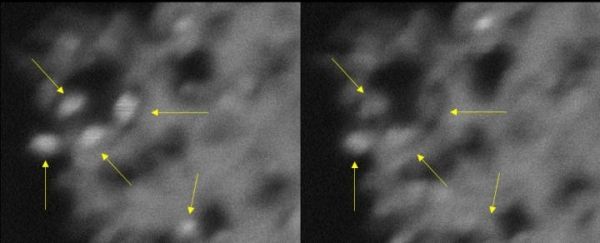Imagine tiny crystals that “blink” like fireflies and can convert carbon dioxide, a key cause of climate change, into fuels.
A Rutgers-led team has created ultra-small titanium dioxide crystals that exhibit unusual “blinking” behavior and may help to produce methane and other fuels, according to a study in the journal Angewandte Chemie. The crystals, also known as nanoparticles, stay charged for a long time and could benefit efforts to develop quantum computers.
“Our findings are quite important and intriguing in a number of ways, and more research is needed to understand how these exotic crystals work and to fulfill their potential,” said senior author Tewodros (Teddy) Asefa, a professor in the Department of Chemistry and Chemical Biology in the School of Arts and Sciences at Rutgers University–New Brunswick. He’s also a professor in the Department of Chemical and Biochemical Engineering in the School of Engineering.
More than 10 million metric tons of titanium dioxide are produced annually, making it one of the most widely used materials, the study notes. It is used in sunscreens, paints, cosmetics and varnishes, for example. It’s also used in the paper and pulp, plastic, fiber, rubber, food, glass and ceramic industries.
Read more at Rutgers University
Image: The arrows point to titanium dioxide nanocrystals lighting up and blinking (left) and then fading (right). (Credit: Tewodros Asefa and Eliska Mikmekova)


